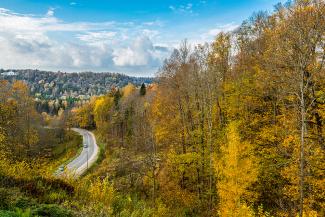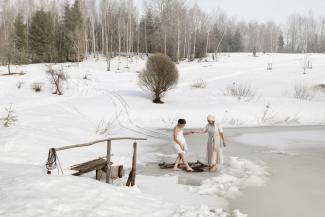
National Parks of Latvia
There are four national parks in Latvia:
In the Gauja National Park, you will discover a diverse world of plants and animals, amazing rocks, mysterious caves, lively streams, the winding Gauja and ancient castles and manors. In this park...







